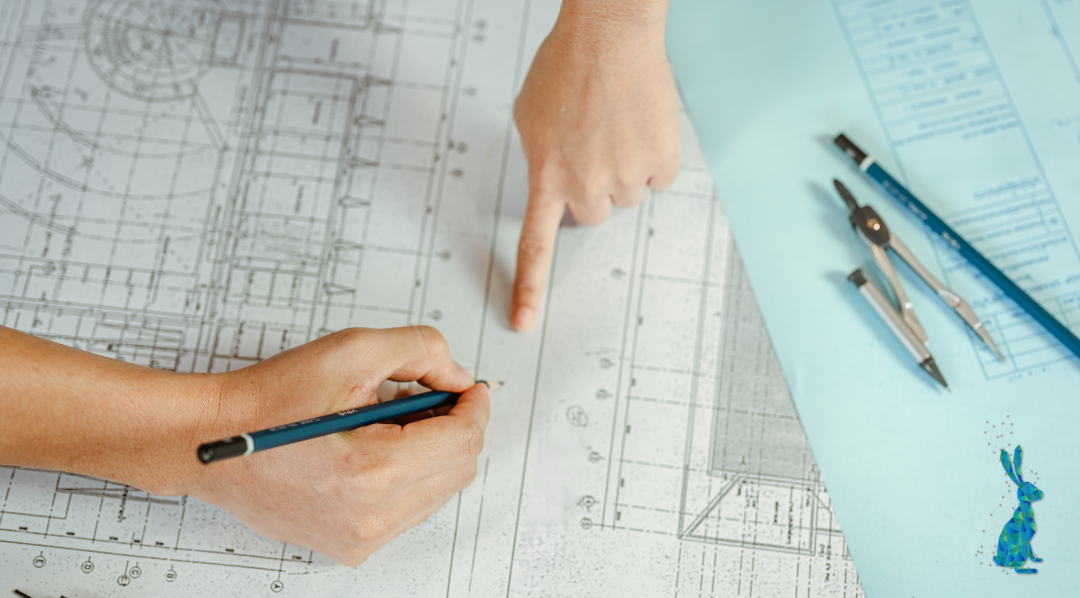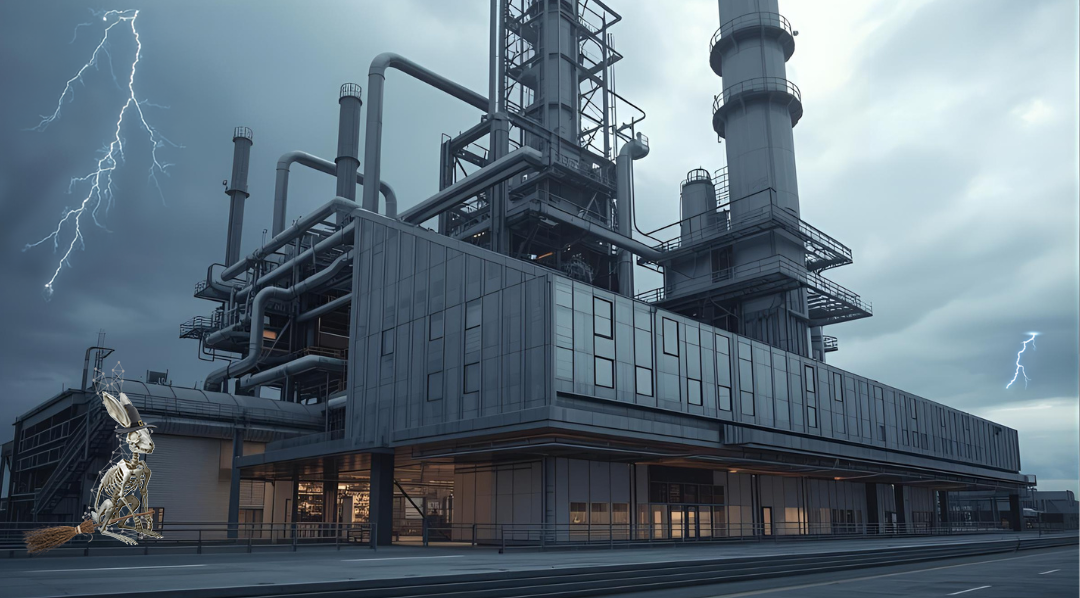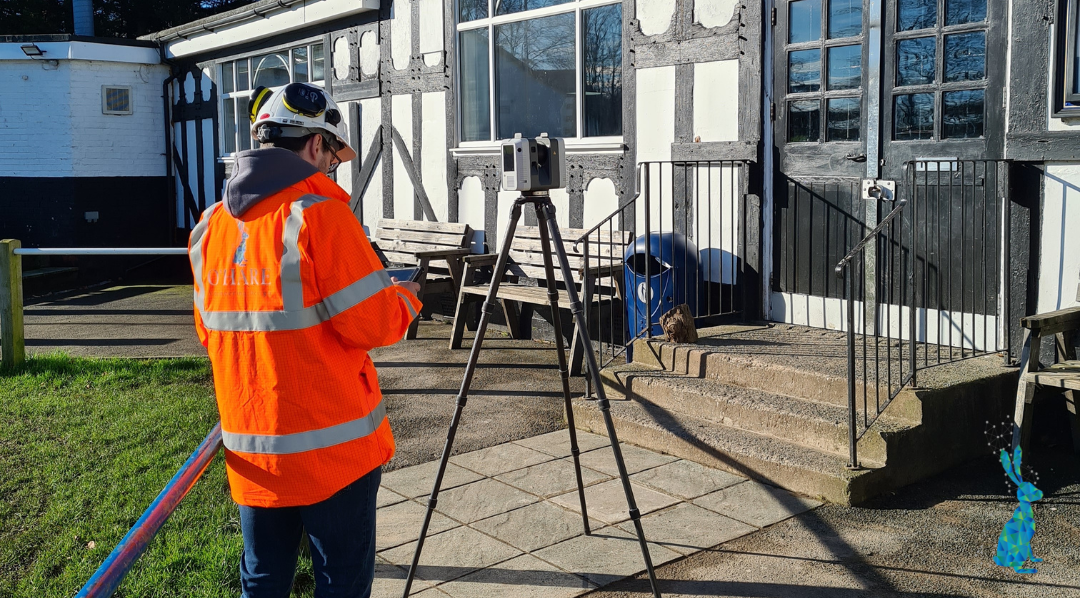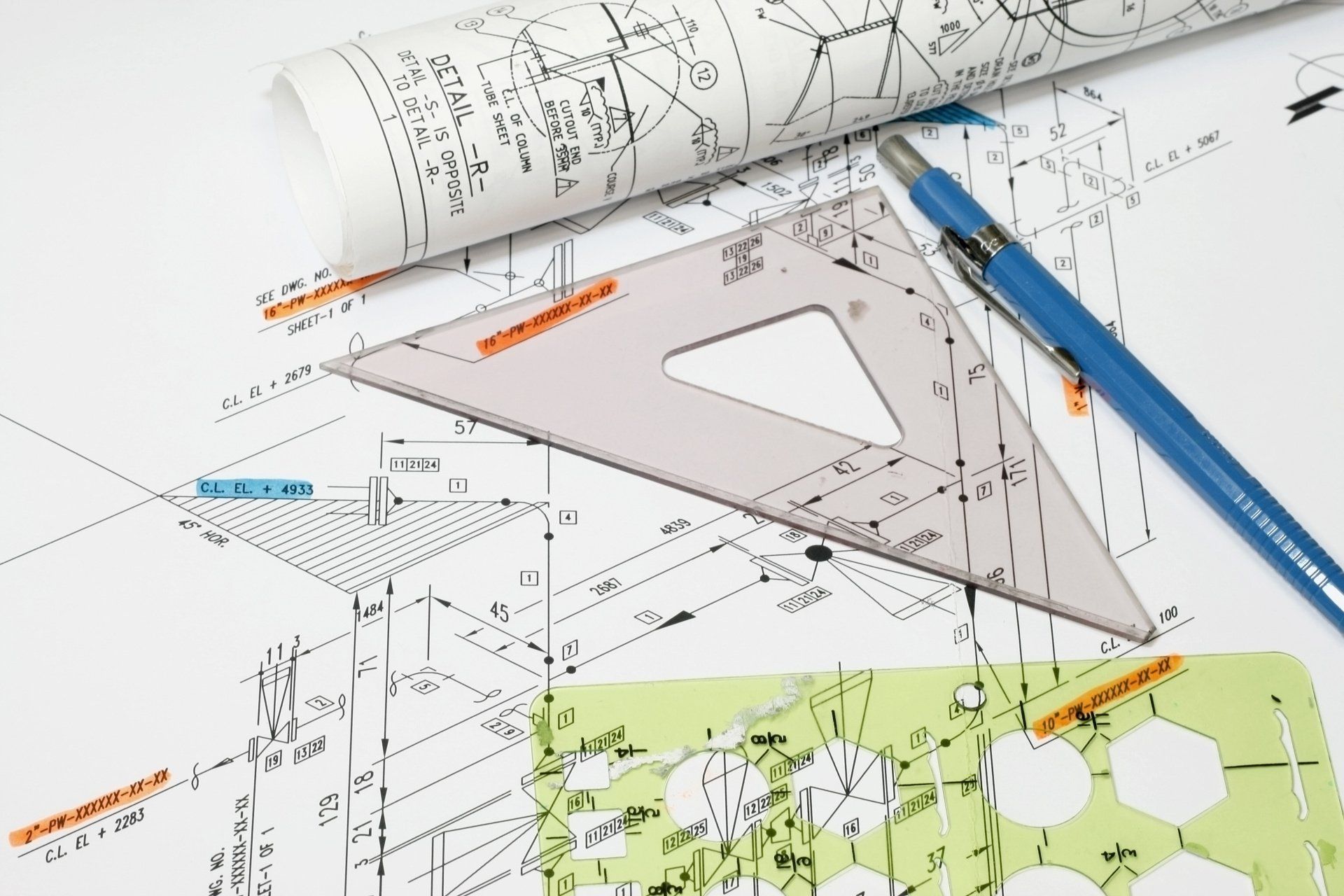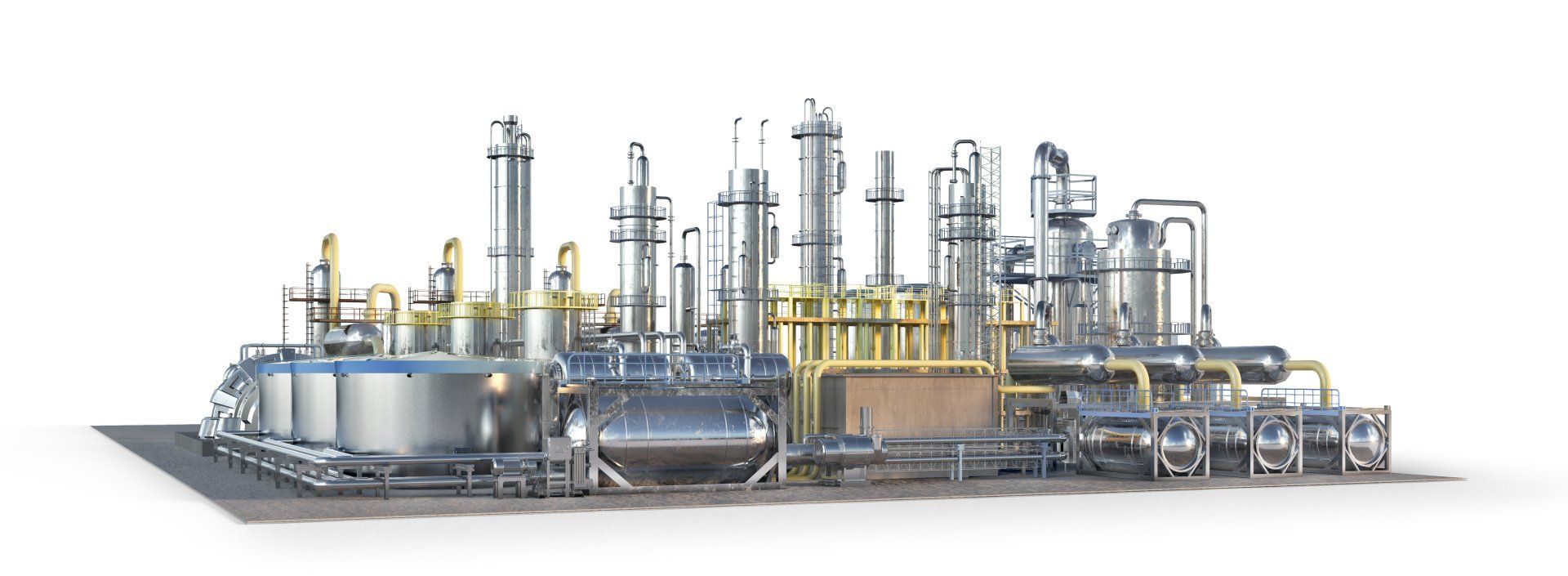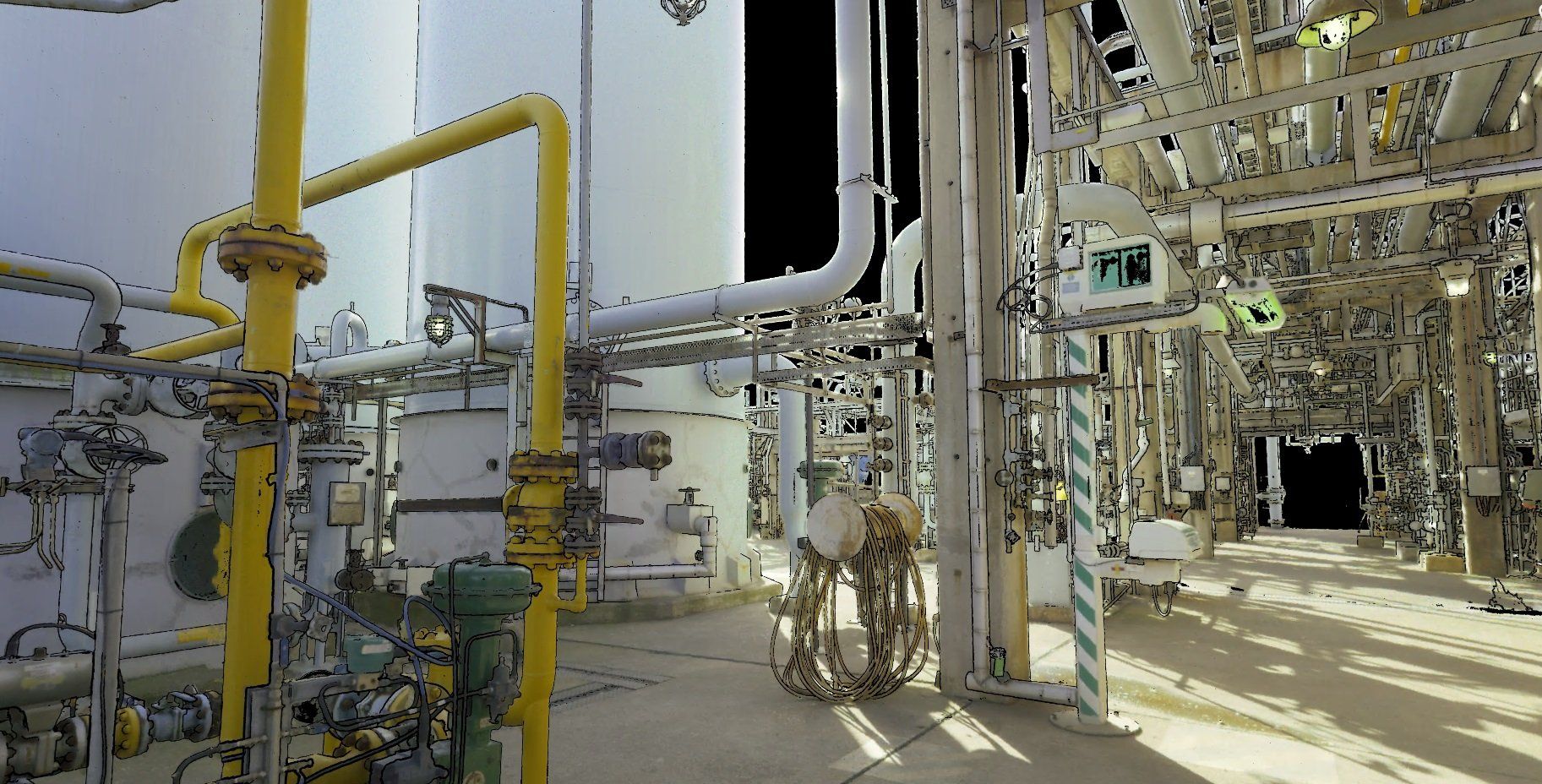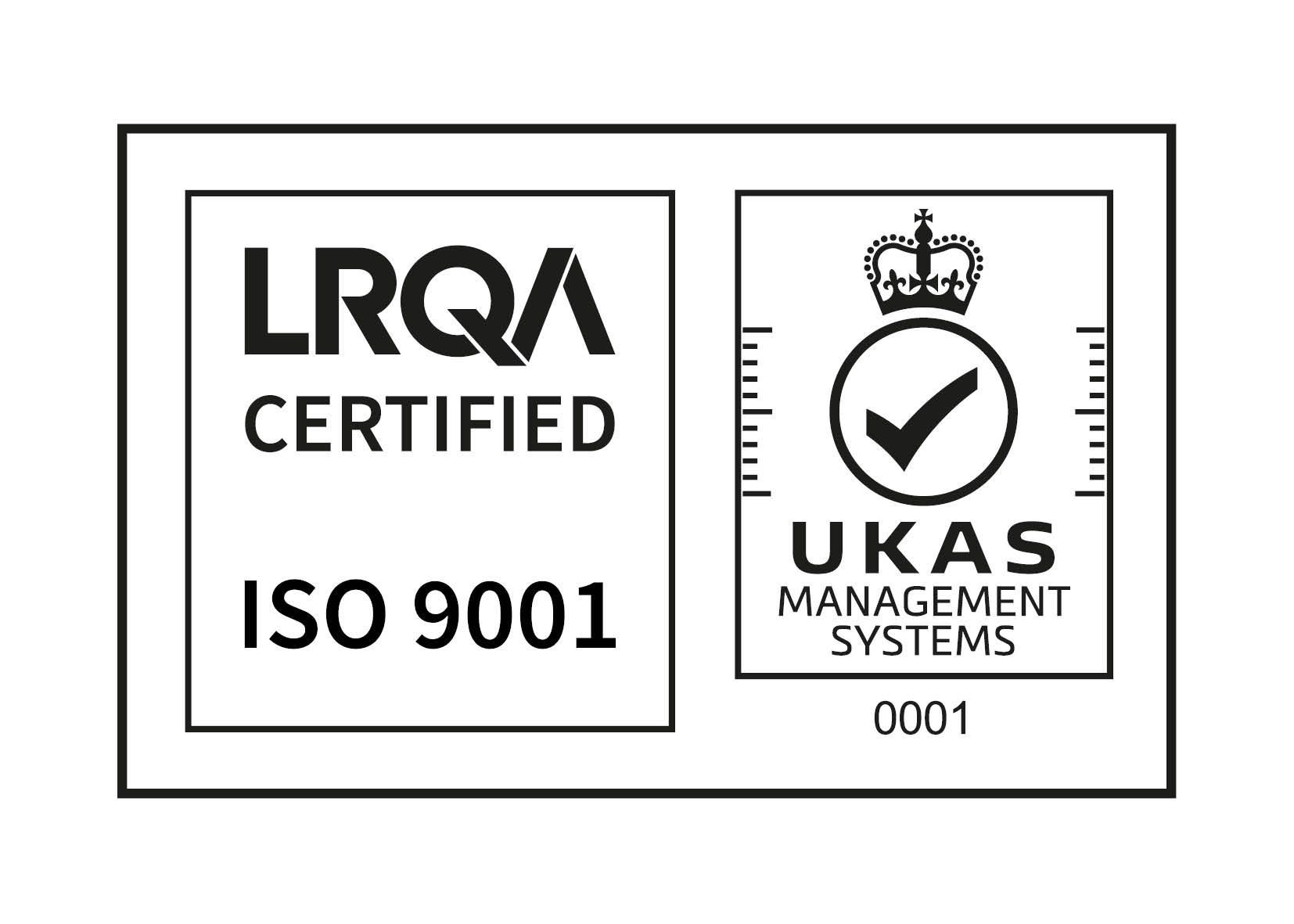Latest Blogs
We like to share our view based on knowledge and prior experiences; it assist our clients to understand their own needs.
Check out our latest blogs. Feel free to let us know your thoughts, we'd love to know what you think on the different subjects...
Latest blogs
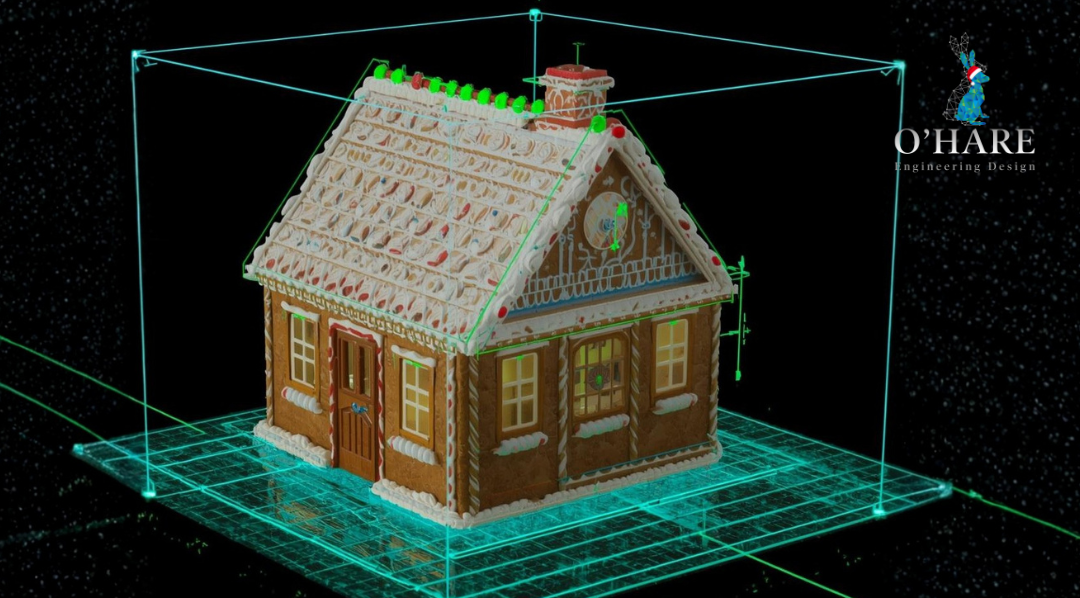
Ever wondered how to make a gingerbread house that actually stays up under the weight of all that icing and chocolate?
At O’Hare Engineering, we spend our days reverse engineering complex pipework and vessels in chemical plants across the UK.
It’s all about precision, planning, and making sure everything fits.

Most people think they know BIM.
But when you scratch beneath the surface, especially in mechanical and piping design, it seems like a lot of people are still using the word without actually understanding what it means.
I’m exploring what BIM really is, why Revit doesn’t always do the job in piping design.
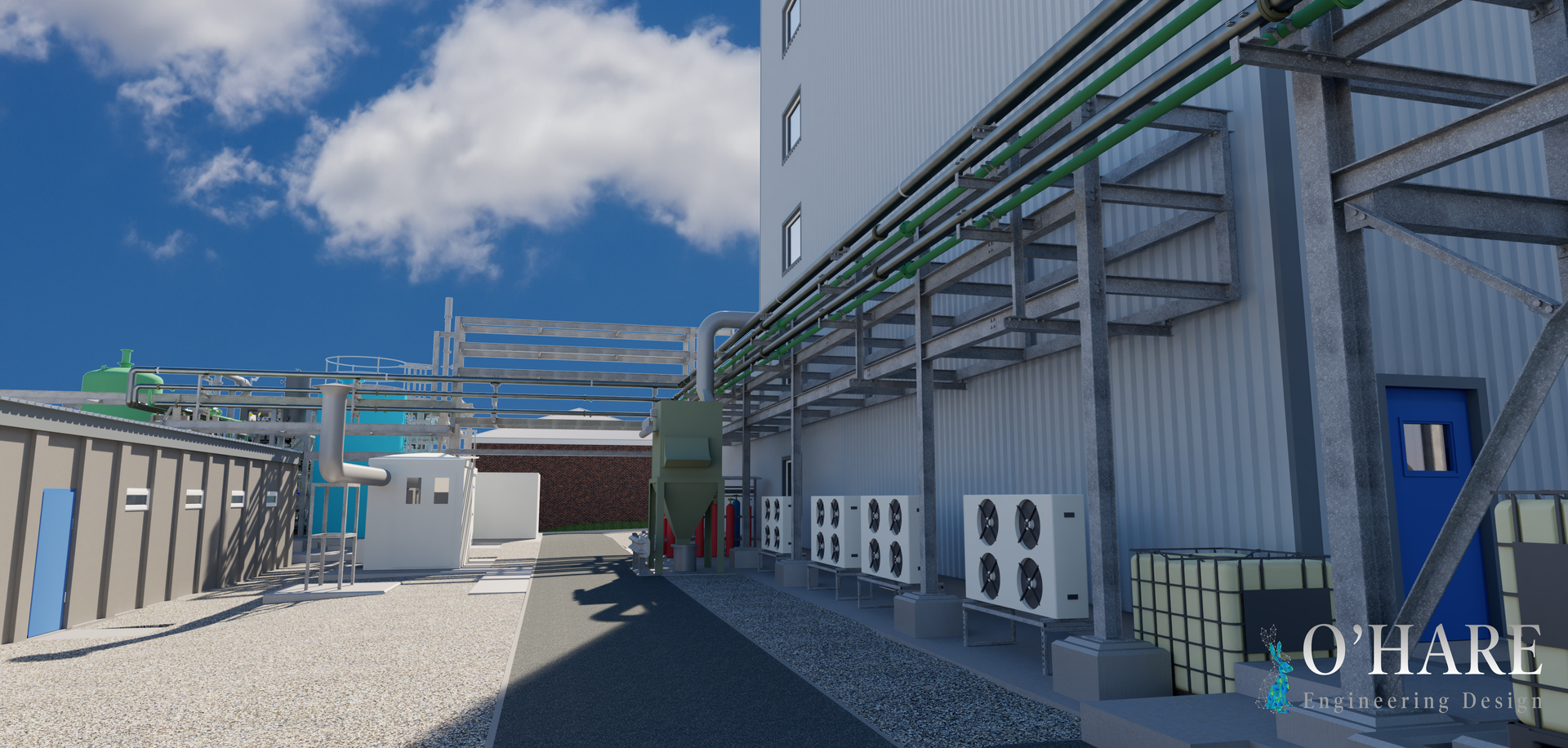
When it comes to Plant 3D design, the final quality of a model isn't about the software. It’s about what you choose to put into it.
We use Autodesk Plant 3D alongside Navisworks for detailed piping layouts on complex sites like chemical plants, and over time, one thing has become clear: the accuracy and usefulness of
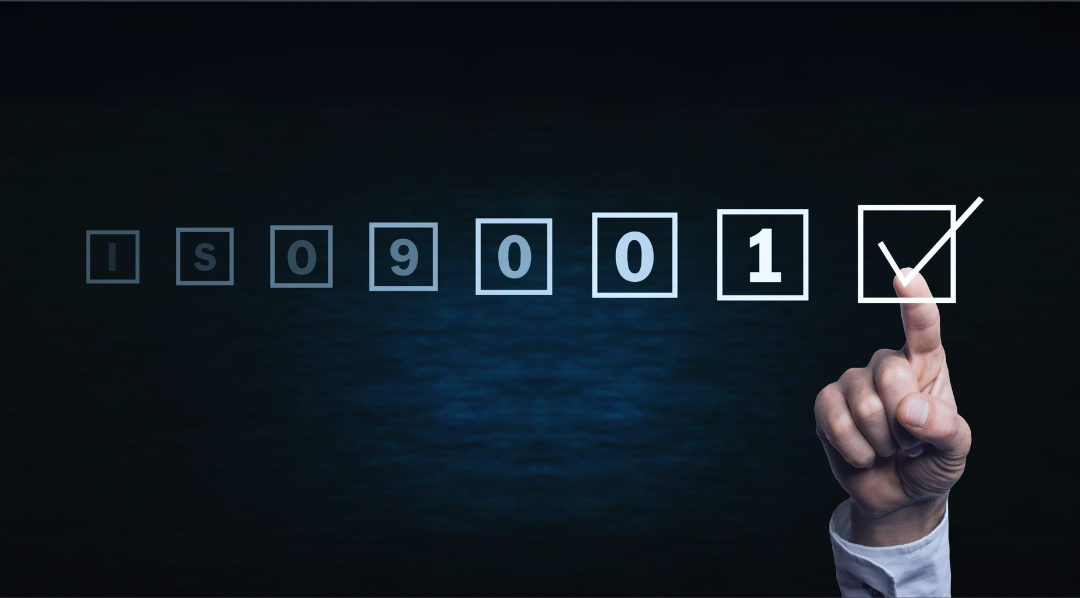
Does ISO 9001 certification really matter when choosing an engineering design partner?
As with many of the best questions, the answer is… It depends.
In our latest blog, we break down:
When ISO 9001 is essential
When it’s helpful but not critical
What actually matters to your project outcomes
If you’re planning a project and weighing up your options, this one's worth a read.
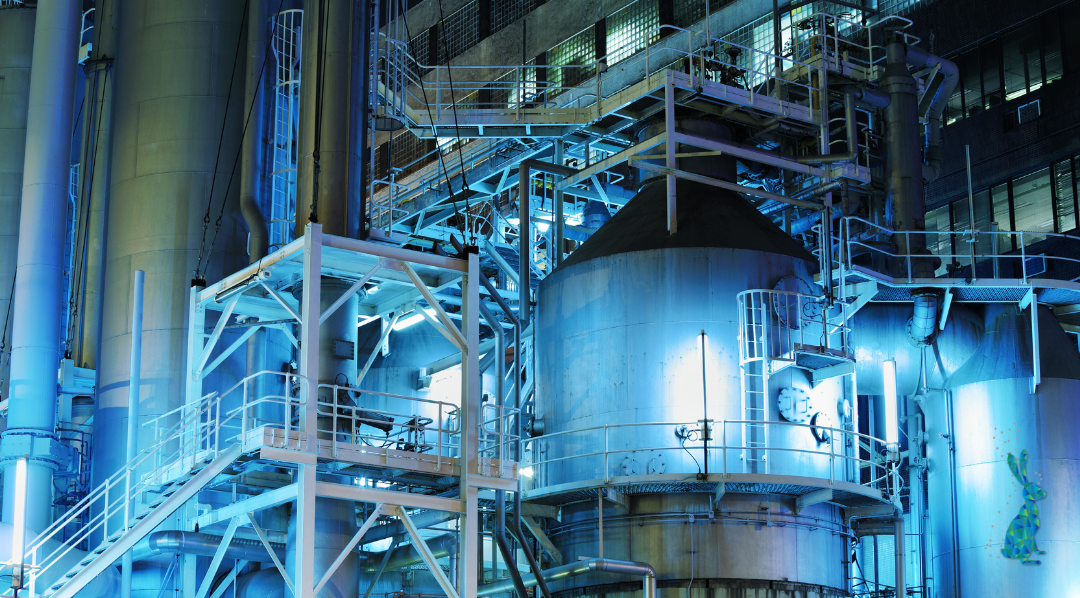
What happens when 75% of your planned installation space disappears mid-project?
That was the challenge facing one UK chemical manufacturer during a critical wastewater upgrade.
With stricter environmental regulations on PFAS removal and an original design falling behind, they needed a compact, compliant solution fast.
We stepped in to:
Capture accurate site data with laser scanning.
Rework the design to fit just 25% of the original footprint.
Coordinate closely with all disciplines to keep things on track.
The result? A fully compliant system, delivered without disrupting operations, safeguarding over 200 jobs in the process.

Still hunting for the right drawing when something goes wrong on-site?
In high-risk environments like chemical and energy plants, delays and guesswork aren’t just frustrating – they’re expensive.
This Easter, we’re talking about:
👉Why clear, accurate P&IDs and 3D models are more than "nice-to-haves"
👉How smart drawings help your team move faster and safer
👉The true cost of outdated site data

Are project approvals slowing you down?
Waiting on planning permission, regulatory sign-off, or stakeholder buy-in can feel like watching paint dry. This is especially true when outdated drawings or inaccurate measurements are the cause of these delays and revisions.
But what if you could remove the guesswork and speed things up?
In this week's blog, we’re exploring how 3D laser scanning helps achieve faster project approvals.
What are your thoughts?
Does this make you want talk about your projects and experience? Want to find out how we can help benefit your next project. Get in touch.

